12DOVE Verdict
The Crucial T700 Pro is the fastest SSD we have tested to date. It's the inevitable future of storage technology, bringing any consumers that buy it now huge futureproofing benefits. That said, we aren't in the future yet, and in the here and now it simply is not necessary to grab one of these for gaming purposes.
Pros
- +
Incredible read/write speeds
- +
Comes with and without a heatsink
- +
Gives you futureproofing
Cons
- -
Practical uses are lacking
- -
Pricey compared to Gen 4 drives
- -
Not very many games support these yet
- -
Disappointing random 4K numbers
Why you can trust 12DOVE
The Crucial T700 Pro points to an inevitable future for gaming. Ever since the beginning of this art form, "the loading screen" has been synonymous with the experience. The annoyance of waiting, of anticipating the next level or section of a game has been frustratingly baked in. Over the years, we've seen creative ways of mitigating these stop-gaps - tapping mini-games, squeeze-throughs that secretly load your next section of gameplay - anything to stop our attention from being lost.
Now, technology looks to bring about the loading screen's demise once and for all. New Gen 5 SSDs take the already ridiculous speeds of PCIe Gen 4 and just about double them, making the best SSDs for gaming found in PCs, the PS5, and Xbox Series X look like amateur bits of back-alley tech. But are we really there yet, and will the loading screen ever disappear completely?
Well, I've just spent days testing the Crucial T700 Pro after months of figuring out a way to fit it inside my ITX PC, and in all honesty, I'm a bit disappointed. The hardware editor in me is amazed by the incredible numbers I've recorded, but the gamer in me is asking what on earth all the fuss has been for. Put it this way, I wouldn't want to spend upwards of $250 / £250 for 1TB of this drive to be met with the minimal benefits it's given me.
Design
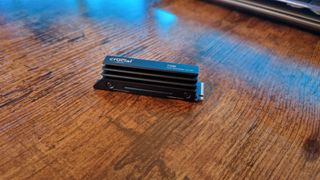
Where other Gen 5 SSDs have taken their cooling measures to extremes, Crucial has played things a bit safer. There's no tiny fan that can cause stability issues with the drive, and there's no water cooler that seems like overkill, just a chunky copper-aluminium heatsink that has a similar feel to the brand's P5 Plus and T500 models. There are clever vents integrated into the heatsink's design to help air reach the drive itself, and overall, I like this advancement of the integrated form factor we see regularly on the best SSDs for PS5.
Gen 5 SSDs, more so than their Gen 4 siblings, get very hot under stress, so they absolutely need cooling so they don't throttle or become unstable. Modern motherboards do have solutions for this though, so any new-gen drives that don't have a non-heatsink version are shooting themselves in the foot a bit. In the case of my PC's Asus ROG Strix Z790-I motherboard, the Gen 5 NVMe bay is inverted, meaning I had to test the non-heatsink version because the integrated heatsink was far too tall to slot in.
The T700 Pro can be had in 1TB, 2TB, and 4TB fashion, all of which come with and without that chunky heatsink. In terms of dimensions, you'll be glad to know that it has a fairly standard form factor, and any M.2 bay that can fit a regular 2280 drive will have no problem seating this.
Although it's been on offer pretty much since the month it launched, Crucial lists 1TB priced at $209 / £250, 2TB for $349 / £398, and 4TB for a ludicrous $599 / £711. Luckily, Crucial does offer a 5-year warranty for that amount.
Features
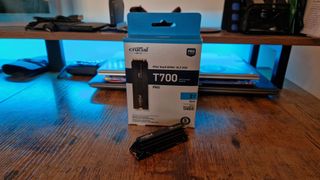
Perhaps most notably, The Crucial T700 Pro features Microsoft DirectStorage compatibility, giving it plenty of futureproofing should more games invest in it. Unfortunately, the list of games that support DirectStorage currently is laughably thin. Gaming aside, Crucial claims this firmware does mean the SSD will use less CPU power when multitasking and free up your GPU a bit as well.
The speeds on the box quote at an immense 12,400MB/s sequential read speed (remember that most Gen 4 drives tap out around the 7,000MB/s mark), and an 11,800MB/s sequential write speed. Zooming out a bit, that already surpasses the initial Gen 5 concept speeds which estimated 10,000MB/s speeds (1GB/s), so that's a big win for the T700 Pro. The way Crucial is already cranking up these numbers is no less than a feat of engineering, and it has to be said that Micron has done incredible work to make this all possible.
Speaking of Micron, its 232-layer TLC NAND is on board the T700 Pro, which will also be the case for the brand's upcoming sequel, the T705 Pro.
Performance
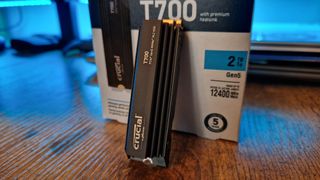
In order to get the best performance out of the Crucial T700 Pro, or indeed any Gen 5 SSD, you'll need a compatible PCIe Gen 5 motherboard, with a Gen 5 NVMe M.2 slot on it. For reference, a Z690 motherboard, despite having a PCIe Gen 5 GPU slot, most likely won't have a Gen 5 NVMe port, so really scrutinize your own compatibility before spending money.
Even with a compatible motherboard and SSD slot, I had to update to the latest version of my motherboard BIOS to get it to read the T700 Pro as a Gen 5 drive. When I initially installed it and booted to Windows, CrystalDiskMark was telling me it was reaching 900MB/s read speeds, which is more akin to one of the best external hard drives for gaming that uses traditional spinning discs.
The good news is, even before I updated my BIOS, the T700 could be read using the Gen 4 interface, and it outperformed The Seagate FireCuda 530 while reading this way. It reached 7,119MB/s read speeds and 6,774MB/s write speeds, beating out my Seagate Firecuda's 7,034MB/s and 6,739MB/s speeds respectively.
Once my BIOS was updated and Gen 5 speeds were accessible, I was extremely excited by the CrystalDiskMark figures. The averages of what I found can be seen in the table below.
| Row 0 - Cell 0 | Read (MB/s) | Write (MB/s) |
| Sequential 1 | 12,378 | 11,517 |
| Sequential 2 | 8,882 | 8,853 |
| Random 4K 1 | 644 | 402 |
| Random 4K 2 | 93 | 273 |
It's honestly not that common with SSD testing, even in one of the best gaming PCs, that you see a drive reach the advertised figures the manufacturer has put on the box. Yes, ok - technically, the T700 Pro was still just shy, but remember those advertised numbers are more of a ceiling, and the 2TB non-heatsink model I tested is pretty damn close to hitting it.
Rather strangely, random 4K numbers were actually down compared the the Seagate Firecuda, which scored read speeds in test 1 of 711, and write speeds of 448. That not only goes to show the exceptional standard of the FireCuda, but also the volatility that some of the earliest Gen 5 SSDs have shown.
So what does this all mean when it comes to gaming and general usage, I hear you ask. Well, you might be thinking it brings lightning-quick, or non-existent loading times. You may suspect that video editing, file transfers, and other content creation tasks end up feeling snappier.
Maybe they do. Are the differences noticeable compared to top-rate Gen 4 drives? Not particularly.
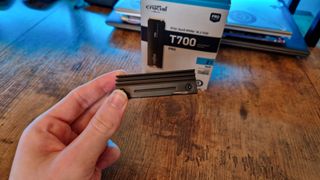
In fact, in four testing games, the Crucial T700 Pro turned in almost identical numbers to the FireCuda, and if I were to get really nit-picky, they were actually marginally slower in some cases.
I've put some loading times in the table below and compared the T700 Pro with the FireCuda. Keep in mind that these aren't going to be rock-solid numbers to live by because the testing isn't ideal. Essentially, I've loaded up games in 3 separate game launches here. The games have varying technical demands, so I've clocked their loading times and compared their averages on both drives. There is almost definitely human error and imperfections with this as a testing methodology for SSDs, but I think it's important to give everyday gamers a sense of how raw read/write speeds translate to a gameplay experience. More than that, I want to showcase the differences between a Gen 4 and Gen 5 drive because, as you'll see, there's really not that much.
| Row 0 - Cell 0 | Seagate FireCuda 530 2TB | Crucial T700 Pro 2TB |
| Ratchet & Clank: Rift Apart | 1.89 seconds | 1.59 seconds |
| Hunt: Showdown Stillwater Bayou | 30.52 seconds | 30.69 seconds |
| Dishonored: Return to the Tower | 1.89 seconds | 2 seconds |
| Alan Wake 2 | 25 seconds | 30 seconds |
| Alan Wake 2 (test 2) | 8 seconds | 7 seconds |
It should be said that on that list, Rift Apart is the only game to feature support for DirectStorage. Nevertheless, the difference in loading times between the FireCuda and the T700 Pro was utterly minimal - definitely not disparate enough to warrant a more expensive purchase and all the compatibility headaches that come with Gen 5.
The long and short of it is that the Crucial T700 Pro has achieved utter brilliance with read and write speeds. By a very, very wide margin, it is the fastest SSD we have ever tested. Unfortunately, its raw performance capability is ahead of its time to the extent that gamers don't need it yet. There will be a 3D artist, game dev, or content creator who will argue the contrary, but the support on the software, games, and application side is just not there. The T700 Pro certainly won't give PC builders a performance bump if they aren't upgrading any other components.
Should you buy the Crucial T700 Pro?
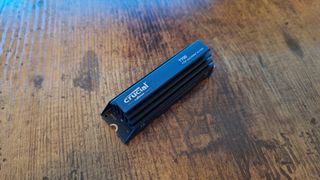
The Crucial T700 Pro is the fastest drive that no gamer needs. Sure, if you want the most cutting-edge PC components that give you years of futureproofing, then it's hard not to recommend this form of storage. It is the equivalent of the Concord aircraft - almost too fast for its own good because even though it's a feat of engineering, human beings aren't actually equipped to use it or afford it yet. The price is key because the T700 Pro is still significantly more expensive than the Gen 4 competition which doesn't feel out of date in comparison.
I love SSDs, so much so that my manager compared my relationship with them to Gollum and the One Ring, but even I don't think anyone needs an SSD this fast yet. Don't get me wrong, there will likely come a time when games have minimum spec requirements that include the Gen 5 interface, but it is not this day, and we are so far from that being an issue. This SSD is the best I've ever tested, but I don't think anyone really needs to spend their money on it.
In short, we might need to put up with loading screens for a wee while longer.
How we tested the Crucial T700 Pro
I put the 2TB Crucial T700 Pro to the test inside my gaming PC for a few days before this review. Before installing it, I took control readings of the Seagate FireCuda 530 2TB Star Wars Edition drive that was initially my C: drive. I then installed the T700 Pro, took some speed readings, updated my BIOS, and took more.
For sequential speeds I used CrystalDiskMark - the industry standard SSD benchmarking software. For testing load times in games, I used Dishonored: Definitive Edition, Alan Wake 2, Hunt: Showdown's Stillwater Bayou map, and Ratchet and Clank: Rift Apart. I chose these games in particular for their varying technical demands. Ratchet and Clank was used for its widespread use of SSD technology and DirectStorage compatibility, Alan Wake 2 was chosen since it has the player situated in a few playing spaces simultaneously, Dishonored Definitive Edition was selected for its zippy loading times anyway, and Hunt: Showdown was added into the mix for being a multiplayer online game that typically loads slowly.
To test these times I loaded into each scenario during 3 separate launches and took an average. With the case of Alan Wake, I loaded in a second time in each launch and recorded that time too. I'm aware this won't have given exact figures, but I wanted a broad outline of how the T700 Pro would compare to Gen 4 SSDs in general gaming terms, and I believe this test was strong enough to record the average gamer's experience.
For more on how we test the latest gaming gadgets and gismos, you can read our hardware policy.
Looking for more console-specific storage? Check out the best Xbox Series X hard drives, the best PS5 external hard drive, and the best PS5 heatsinks.
One of my earliest memories is playing SuperMario64 and wondering why the controller I held had three grips, but I only had two hands. Ever since I've been in love with video games and their technology. After graduating from Edinburgh Napier University with a degree in Journalism, I contributed to the Scottish Games Network and completed an Editorial Internship at Expert Reviews. Over the last decade, I’ve been managing my own YouTube channel about my love of games too. These days, I'm one of the resident hardware nerds at 12DOVE, and I take the lead on our coverage of gaming PCs, VR, controllers, gaming chairs, and content creation gear. Now, I better stop myself here before I get talking about my favourite games like HUNT: Showdown, Dishonored, and Towerfall Ascension. Location: UK Remote
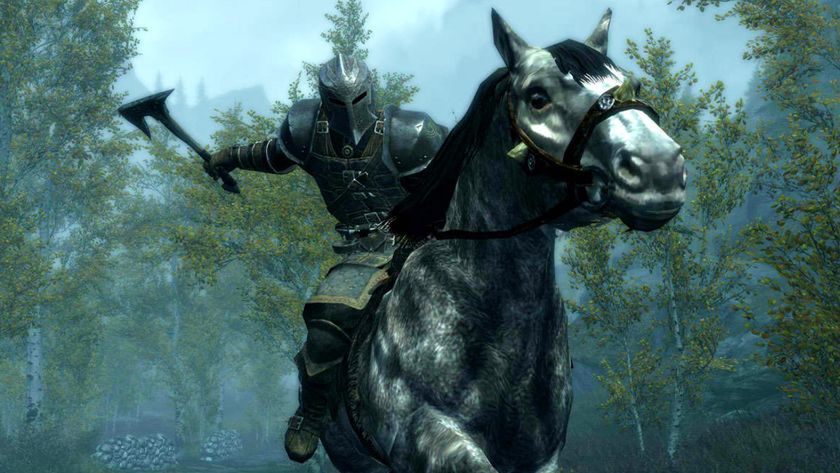
Ex-Bethesda dev turned indie says "good things often happen by accident," like that time Skyrim players convinced themselves the RPG's foxes were leading them to treasure
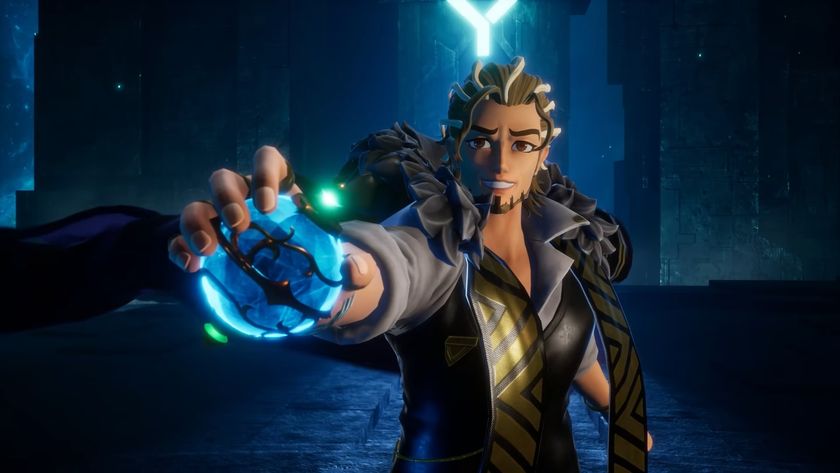
Palworld dev says the studio went dark for months because "the team was getting burnt out from all the social media stuff, I was getting burnt out, our CEO was under attack in Japan"
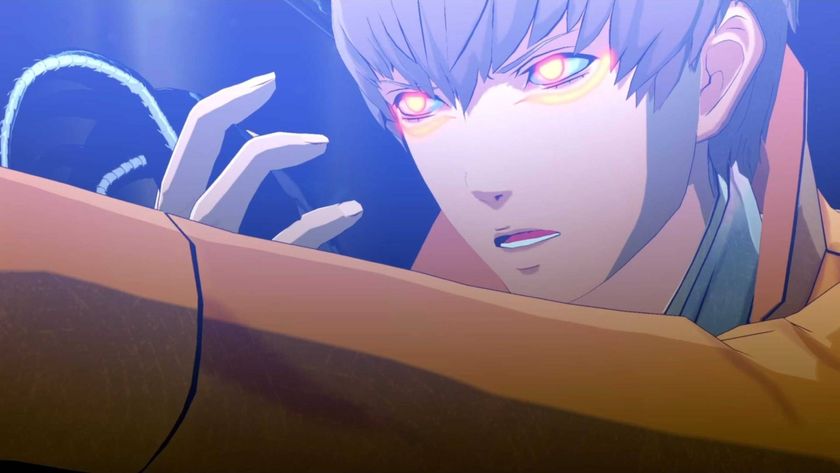
Metaphor: ReFantazio had to dial back an early battle system inspired by a notoriously brutal 2003 JRPG, because 20 years later, players found it "irrational" and "just not fun"











